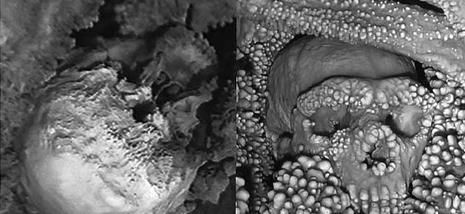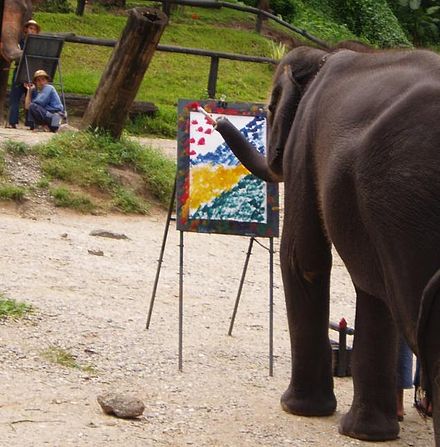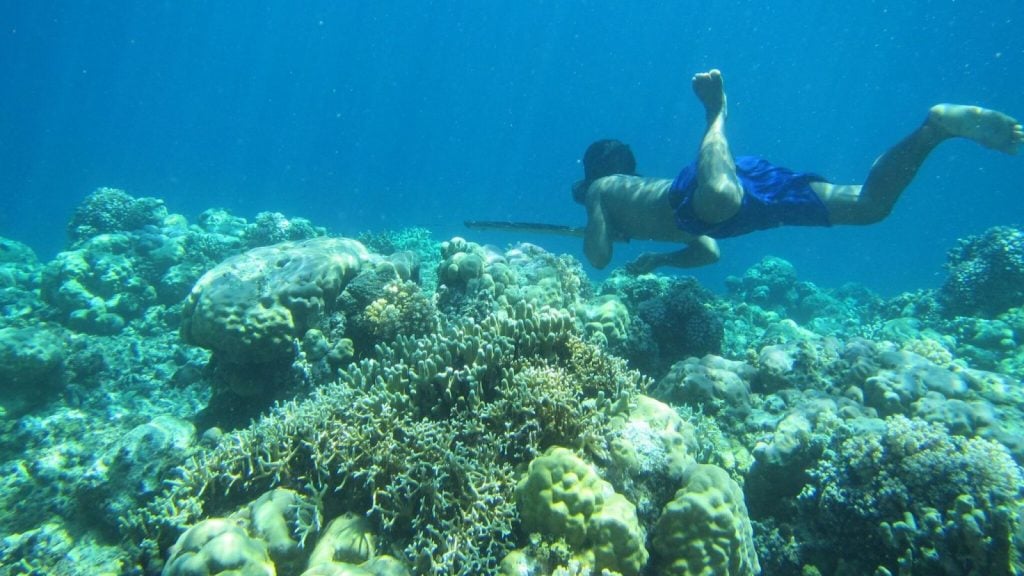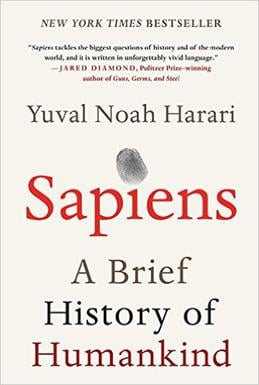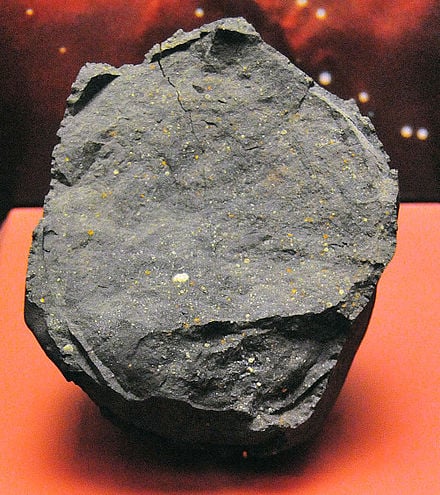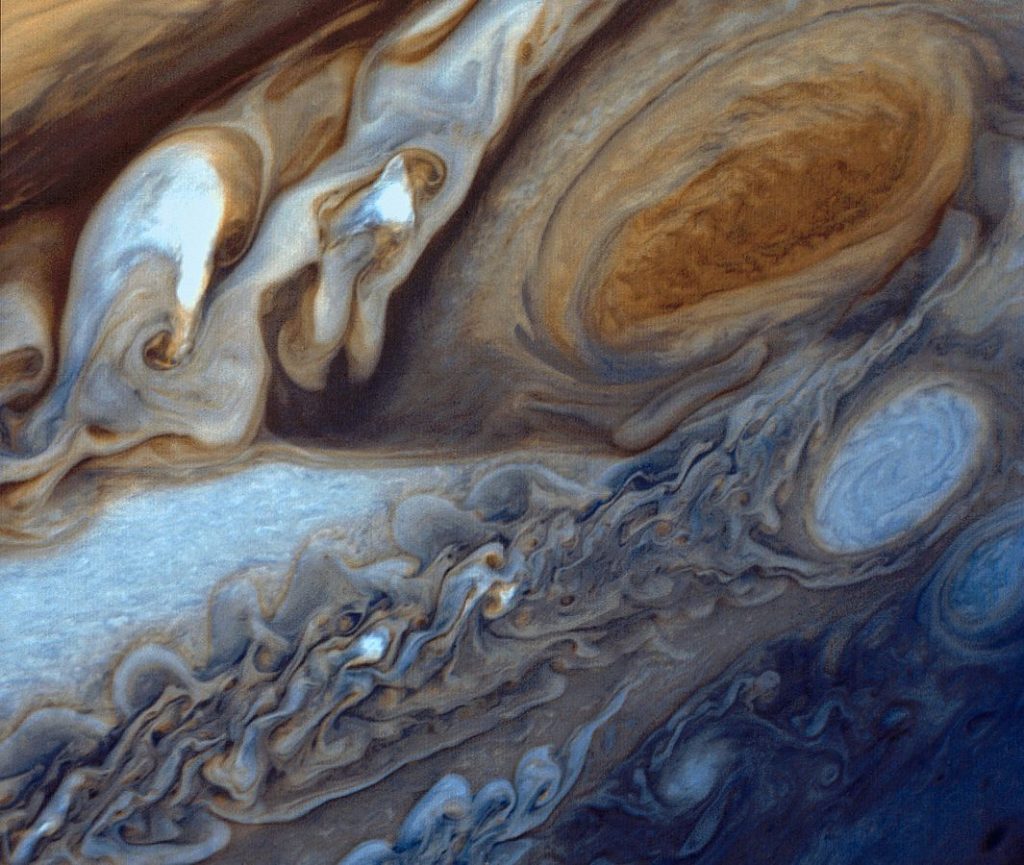Check out the caveman fused into rock. After extracting the bones sticking out from limestone, researchers believe the Neanderthal fell down a sinkhole around 150,000 years ago. The bones gradually became incorporated into the stalactites left behind by water dribbling down the cave walls.
Altamura Man Altamura Man, surrounded by limestone deposits. The Altamura Man is a fossil of the genus Homo discovered in 1993 in a karst sinkhole in the Lamalunga Cave near the city of Altamura, Italy. Remarkably well preserved but embedded in stalagmites and covered in a thick layer of calcite the find was left in […]
